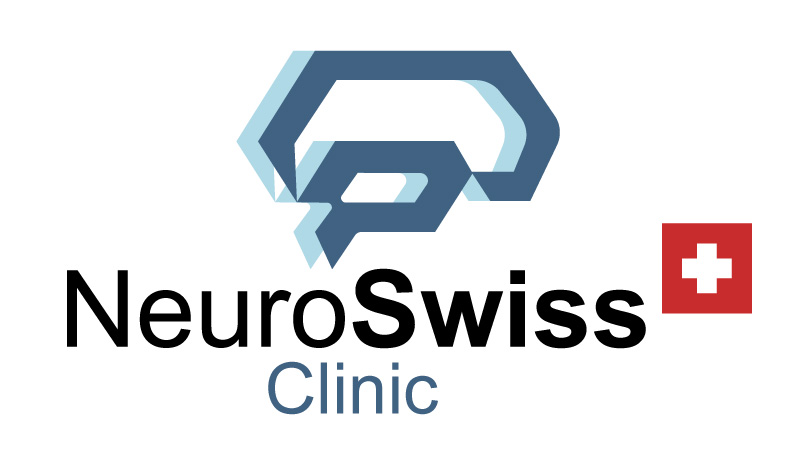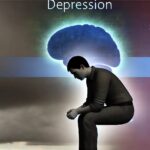Understanding the Disorder and Exploring Cutting-Edge Treatments
Depression is a common and serious mental health disorder that negatively affects how individuals feel, think, and behave. It can lead to a variety of emotional and physical problems and reduce a person’s ability to function in daily life. The World Health Organization (WHO) estimates that depression affects more than 280 million people globally.
What is Depression?
Depression is characterized by persistent feelings of sadness, hopelessness, and a lack of interest or pleasure in activities. It can interfere with everyday life, relationships, and overall well-being. Symptoms of depression can range from mild to severe, and include:
- Persistent sad or “empty” mood
- Loss of interest in activities once enjoyed
- Fatigue or decreased energy
- Difficulty sleeping or oversleeping
- Changes in appetite and weight
- Feelings of worthlessness or excessive guilt
- Difficulty concentrating or making decisions
- Suicidal thoughts or behaviors
Types of Depression
- Major Depressive Disorder (MDD): The most common form, involving intense episodes of sadness or despair that last for weeks or months.
- Persistent Depressive Disorder (Dysthymia): A chronic form of depression lasting for at least two years with symptoms that may be less severe than MDD but are more enduring.
- Bipolar Disorder: Characterized by alternating episodes of depression and mania (elevated mood).
- Seasonal Affective Disorder (SAD): A form of depression that occurs at specific times of the year, usually in the winter when daylight hours are shorter.
Causes of Depression
Depression can be caused by a variety of factors, including genetics, brain chemistry, personality traits, and environmental stressors.
- Genetic predisposition: Studies have shown that individuals with a family history of depression are at a higher risk of developing the disorder.
- Neurotransmitter imbalances: Depression has been linked to irregularities in brain chemicals such as serotonin, dopamine, and norepinephrine, which regulate mood and emotion.
- Chronic stress: Prolonged exposure to stress can lead to changes in brain structure and function, increasing the risk of depression.
Recent research has also identified the role of neuroinflammation in depression. Chronic inflammation in the brain can disrupt normal neural circuits and impair mood regulation, further contributing to the development of depression.
Latest Discoveries in Depression Research
Ongoing research continues to expand our understanding of the biological mechanisms underlying depression. A 2021 study by Ménard et al. found that chronic stress and depression are associated with increased inflammation in the brain, particularly in the hippocampus, a region critical for memory and emotion regulation.
Additionally, the discovery of brain-derived neurotrophic factor (BDNF), a protein that promotes the growth of new neurons and synapses, has been linked to depression. Low levels of BDNF have been observed in patients with depression, indicating a potential therapeutic target for treatment.
Innovative Treatment Approaches: iSyncWave, PBM, and Neurofeedback
Traditional treatments for depression include antidepressant medications (such as SSRIs and SNRIs) and psychotherapy (such as cognitive-behavioral therapy). While these treatments can be effective for many, some individuals do not respond well to medications or experience unwanted side effects.
Innovative treatments involving brain mapping and neurotherapy, such as iSyncWave, Photobiomodulation (PBM), and Neurofeedback, offer non-invasive and personalized approaches to treating depression by targeting the brain directly.
iSyncWave for Depression Treatment
The iSyncWave system integrates QEEG (Quantitative EEG) brain mapping and neurofeedback to identify abnormal brainwave patterns associated with depression. Studies have shown that individuals with depression often display elevated theta brainwave activity and reduced alpha and beta brainwave activity, which are linked to mood regulation and cognitive function.
Through iSyncWave’s QEEG-based analysis, clinicians can tailor treatments based on each patient’s unique brainwave patterns, providing a more targeted and effective intervention for depression.
Photobiomodulation (PBM) Therapy
PBM therapy uses near-infrared light to stimulate mitochondrial function in neurons, promoting brain cell health and reducing inflammation. PBM has shown promise in treating depression by:
- Enhancing neuroplasticity, allowing the brain to adapt and form new connections.
- Increasing BDNF levels, which are essential for brain cell growth and repair.
- Reducing neuroinflammation, which has been implicated in the development of depression.
A study by Cassano et al. (2020) demonstrated that PBM therapy was effective in reducing depressive symptoms, particularly in individuals who did not respond to traditional antidepressants. The iSyncWave system’s PBM module delivers targeted light therapy to areas of the brain associated with mood regulation, offering a novel approach to treating depression.
Neurofeedback for Depression
Neurofeedback is a form of brain training that helps patients regulate their brainwave activity by providing real-time feedback. It has been shown to improve mood, reduce anxiety, and enhance emotional control in individuals with depression.
A review by Peeters et al. (2021) found that neurofeedback, when used in conjunction with other treatments, significantly improved depressive symptoms by normalizing abnormal brainwave activity. iSyncWave’s neurofeedback capabilities allow for personalized treatment plans based on each individual’s brainwave patterns, helping them gain better control over their emotional state.
Conclusion
Advances in brain mapping technologies, such as iSyncWave, combined with Photobiomodulation (PBM) and Neurofeedback, offer promising new avenues for treating depression. These non-invasive approaches provide targeted interventions that address the underlying brain mechanisms responsible for mood regulation, offering hope to individuals who struggle with traditional treatments. By incorporating personalized neurotherapy, iSyncWave brings a new level of precision to mental health care, helping patients achieve long-term improvements in their mental well-being.
References
- Ménard, C., et al. (2021). “Chronic stress and neuroinflammation: A critical review of mechanisms underlying the link between stress and depression.” Nature Neuroscience, 24(2), 213-226.
- Cassano, P., et al. (2020). “Near-infrared photobiomodulation for the treatment of major depressive disorder: A proof-of-concept trial.” The Journal of Clinical Psychiatry, 81(2), 20-29.
- Peeters, F., et al. (2021). “Neurofeedback for depression: A review of evidence and future directions.” Frontiers in Psychology, 12, 681.
- Gonzalez-Lima, F., & Barrett, D. W. (2018). “Therapeutic applications of near-infrared photobiomodulation in depression and anxiety.” Neuroscience & Biobehavioral Reviews, 87, 99-108.
- Siegle, G. J., et al. (2019). “EEG neurofeedback for treatment-resistant depression.” Brain Stimulation, 12(4), 1018-1025.

